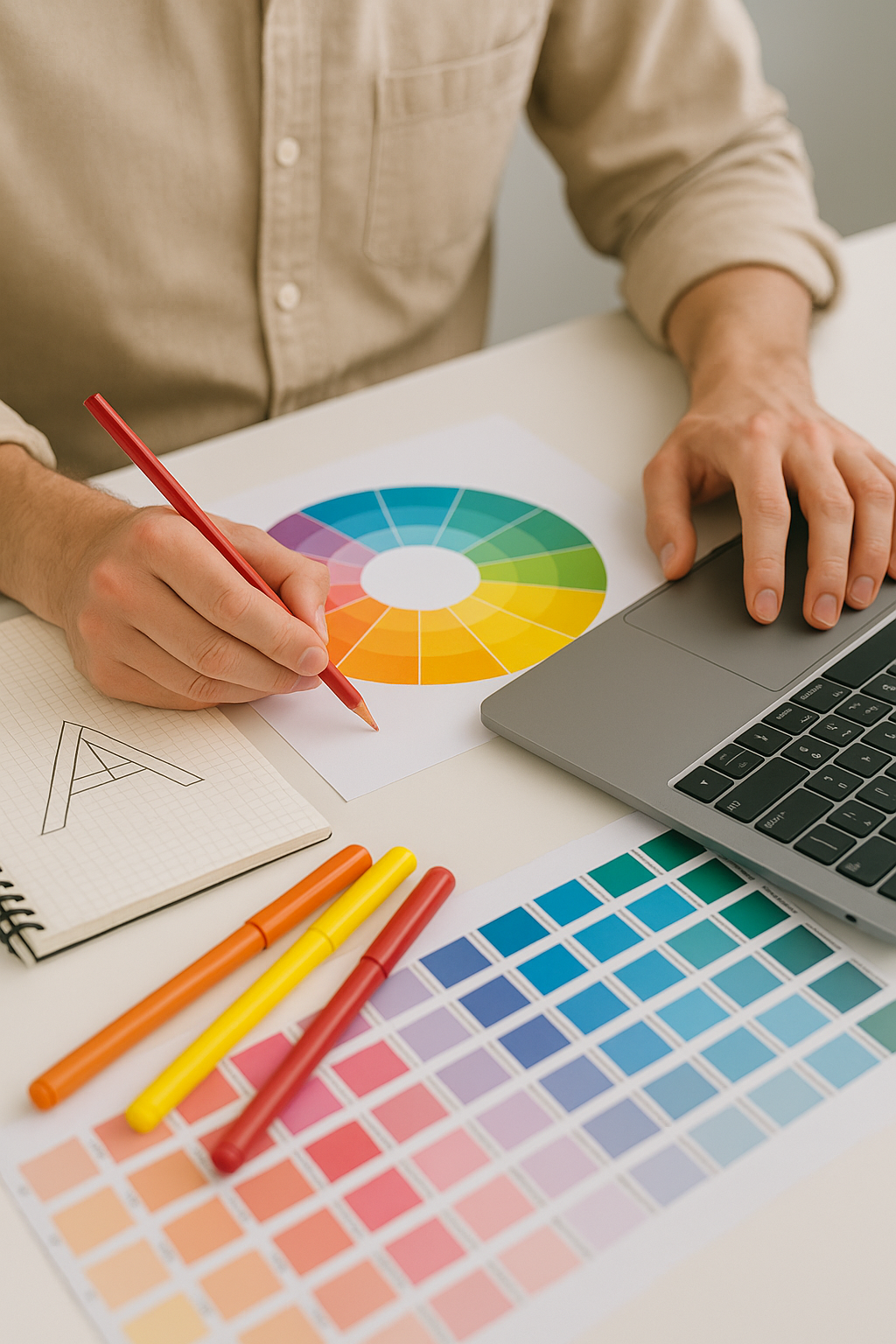Graphic design is a vital form of communication in an increasingly visual world. Effective graphic design, whether in print or digital form, can convey ideas, elicit emotions, and prompt action. In this blog post, we'll look at the fundamentals of graphic design and why it's such an important skill.
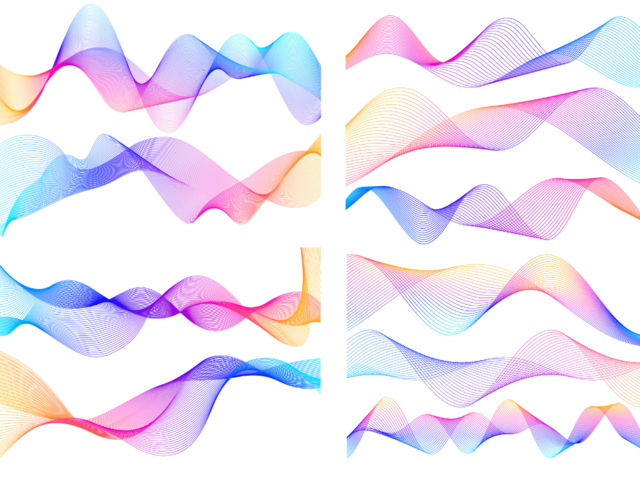
Graphic design's role
Graphic design is one of the original forms of visual communication and it is all around us every day. From the mundanity of everyday items to the marvel of fine works of art, graphic design has been a zeitgeist defining form of art in every corner of the globe.
In essence, it is conveying a message through imagery, colour, typography, and form but graphic design has many functions. It can be found in advertising, branding & logos to packaging, posters, book covers, websites, magazines and products. It is everywhere and it has power.
But, before you can break the rules, you must first know the rules. Here are the basic elements & principles of graphic design.
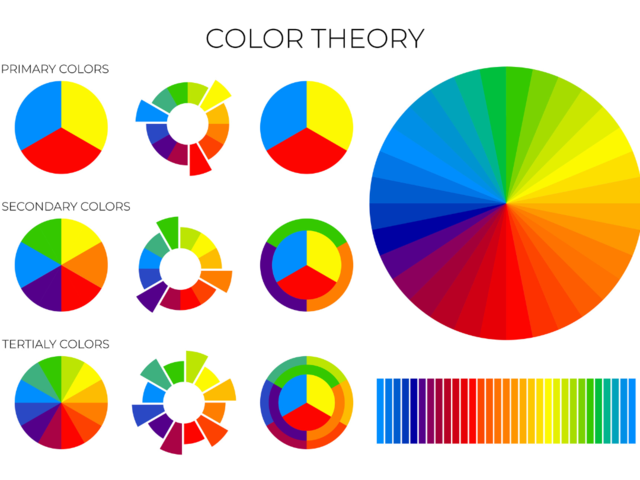
The Graphic Design Elements
Lines: The most fundamental of the design elements. Lines can be used to divide space, guide the viewer's eye, or emphasise a specific word or image. Lines can also be suggested through the placement of other elements thus creating the illusion of a line.
Shapes: These are the building blocks of design, both geometric (circles, squares, triangles) and organic (natural shapes found in plants and animals). Shapes can create lines, images and a visual hierarchy.
Colour: Colour has the ability to elicit emotions, attract attention, and make a design memorable. An understanding of colour psychology as well as the cultural impact of colour must be considered. It is the colour that will dictate the overall feeling of a design.
Texture: Texture can add another dimension to a design, both literally (in the case of print design) or visually (in the case of digital design).
Typography: As we discussed in a previous blog post, typography is a powerful tool for improving communication and establishing visual hierarchy. Typography is the personality of the message and can make or break a design.
Space: The space in which a design is placed is as much part of the design as all the other elements. It can be used to highlight or indeed obscure elements, control the flow of a design, and improve readability. Don’t be afraid of white space; this can be a very striking design style.

Graphic Design Principles
Balance: Balance can be symmetrical, asymmetrical or radial. This is the placement, size and shape of the elements to create harmony and stability in a design. Balance can also refer to the use of colour.
Contrast: Contrast highlights and draws attention to important elements. This can be accomplished through the use of colour, size, type, or other design elements. To avoid a chaotic and cluttered design, contrast should be used with thoughtful moderation.
Alignment: Alignment refers to the placement of the elements of a design in such a way that everything feels cohesive and connected.
Repetition: Repetition is the repeat use of a pattern or colour and can also create texture in a design. It will encourage the eye to travel around the design without interruption. Repetition works especially well in branding.
Hierarchy: Visual hierarchy is the placement of elements in the order of their value. A strong visual hierarchy will draw the eye to the most important element of the design first, and will then guide the eye onwards in a descending order of importance.
Composition: A knowledge of the basic principles of photography is a large part of graphic design. There are many rules in the layout and composition of a design including the rule of thirds, the golden ratio and leading lines.
Proximity: Proximity is about forming a relationship between all the elements of the design. This is where harmony is generated while directing the eye to the relevant information.
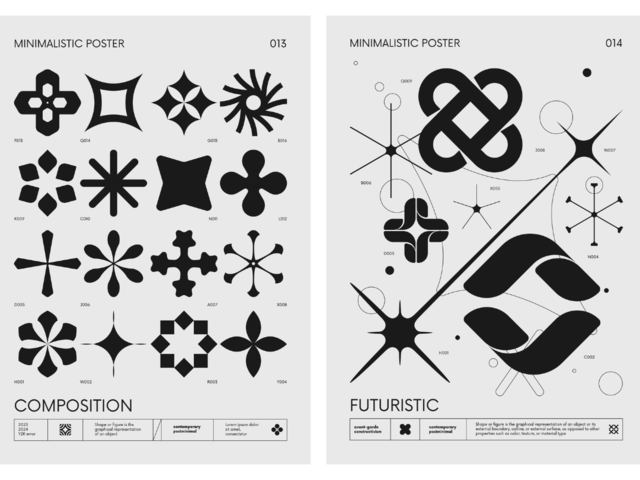
Graphic Design Processes
The graphic design process consists of several stages that culminate in an effective design. A design will begin with a brief. This will outline the project's goals, its target audience, and desired aesthetic.
Next, the graphic designer must research the project's context and the industry in which the client operates. Then comes the sketching and conceptualising stage.
After that, the design stage where the concepts are brought to life using CAD. Finally, the design is presented to the client, usually revised in response to feedback, and then the final design is delivered.
Essential Graphic Design Softwares
Graphic designers create and edit designs using a variety of software. Adobe Creative Suite, which includes Photoshop, Illustrator, and InDesign, is popular for a variety of design tasks. CorelDraw is yet another versatile design program. Sketch is a popular choice for digital design, while Canva provides an easy-to-use platform for beginners.
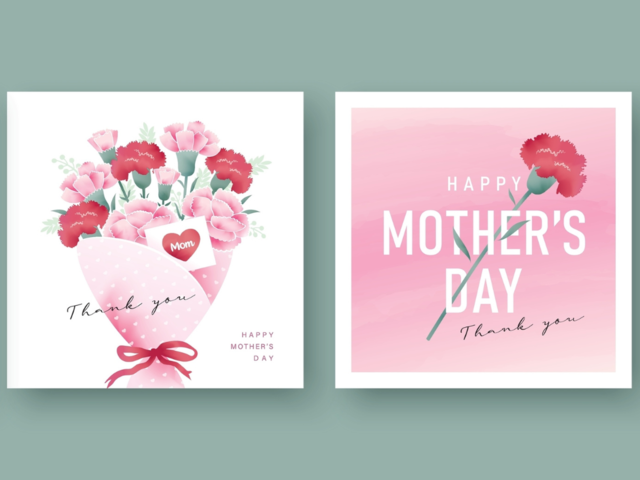
Creating a Graphic Design Portfolio
Your portfolio is your calling card and is often a client’s first introduction to your work. It should therefore contain a wide range of work demonstrating your versatility and expertise and include project briefs, your design process, as well as final results. It needs to be professionally presented and curated carefully so your work is showcased to the best of your ability. It is also important to display your willingness to learn, adapt and grow. Clients want to see new fresh ideas and a graphic designer who does not stay informed, risks being left behind.
Graphic design is a fun and exciting field that combines creativity and technical skills. Understanding the fundamentals of this craft is the first step toward a wealth of fascinating knowledge on the subject. Now that you've had a peek at the fundamentals of graphic design, why not go deeper? Whether you're a beginner or an experienced designer looking to improve your skills, our Graphic Design Academy has a course for you.
Join us and take your design skills to the next level.

